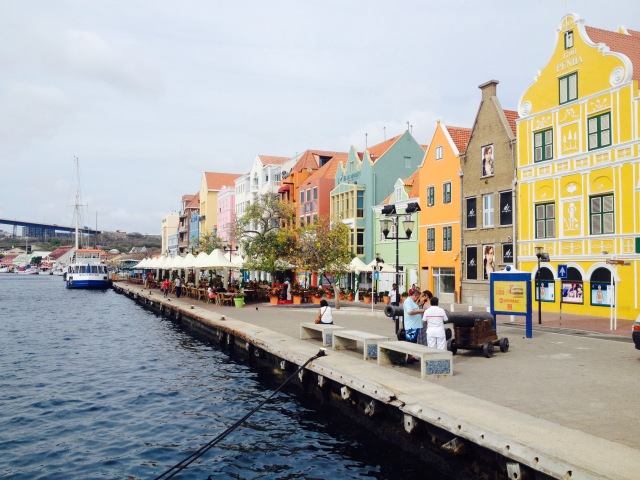
Maggy arrived down to Curacao a few days early, checking out the historic port of Willemstad which was originally founded in 1634. Located just off the coast of Venezuela this dutch island sees a diverse mix of visitors, from European cruise ship passengers to oil support contractors.. The island’s large oil refinery, originally built by Shell, is now under the government’s control and leased to PDVSA, Venezuela’s state-run oil company.
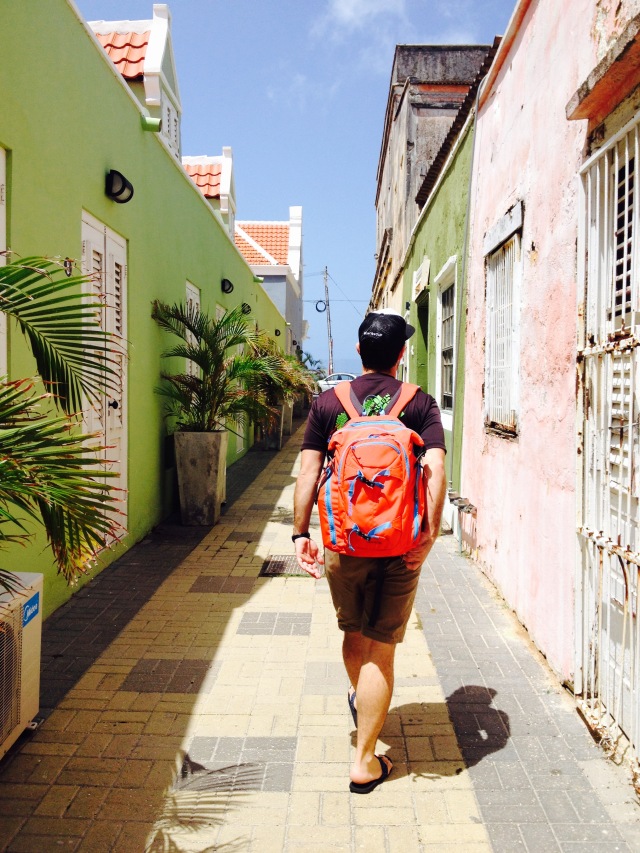
These narrow streets and lofted buildings characterize the Pietermaai neighborhood. This area was originally developed by the Dutch West India Company during the 17th century, but as the economy of the island shifted over time, many of the impressive mansions built along the waterfront were left uninhabited and fell into disrepair. It wasn’t until the recent rise in tourism and UNESCO’s designation as a world heritage site that sparked the communities revival.
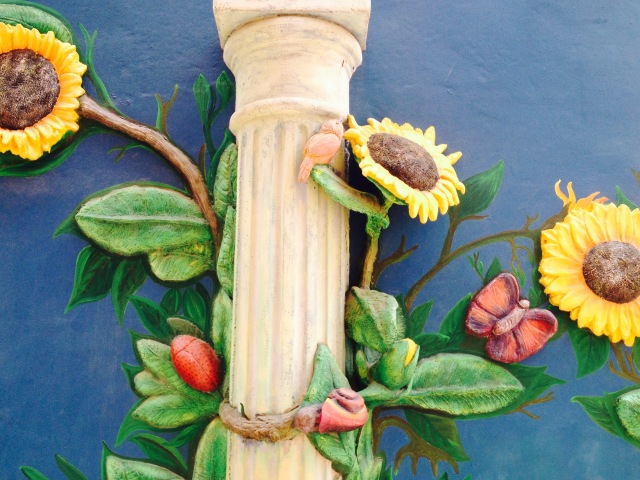
Around every corner you’d see mural such as this. What really makes these stand out compared to similar back home is their three-dimensional design, which adds a layer of complexity to an already beautiful work of art.
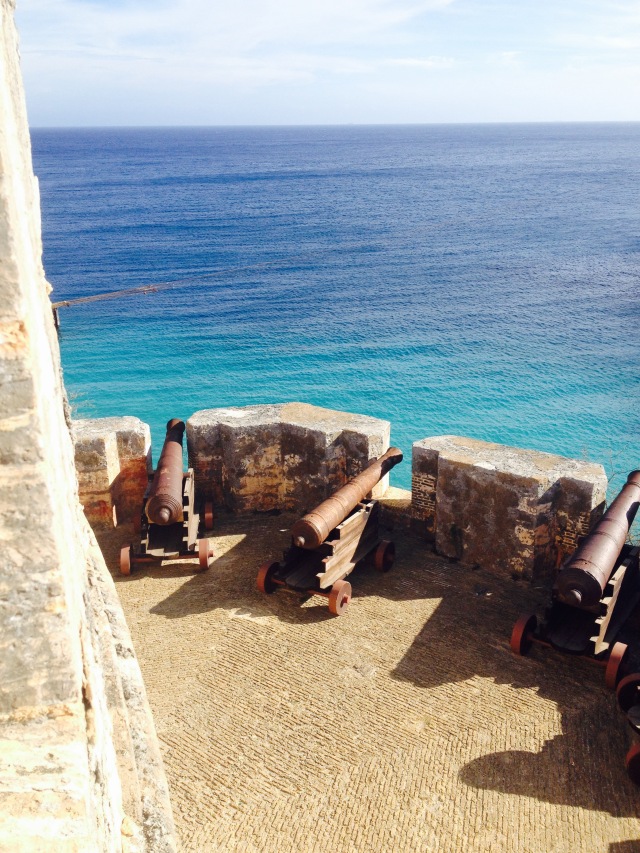
Eight forts were built on Curacao over the years, many of which have been restored and converted into restaurants, hotels, and shopping plazas. Rif Fort is perhaps the best example of blending the classic architecture with modern needs in a respectable fashion. Fort Amsterdam is the most prominent, perched high upon the harbor’s eastern point and home to the island’s port control. This fort on the outskirts of Willemstad was built to protect the harbor of Spanish Waters from french privateers in the early 1700’s.
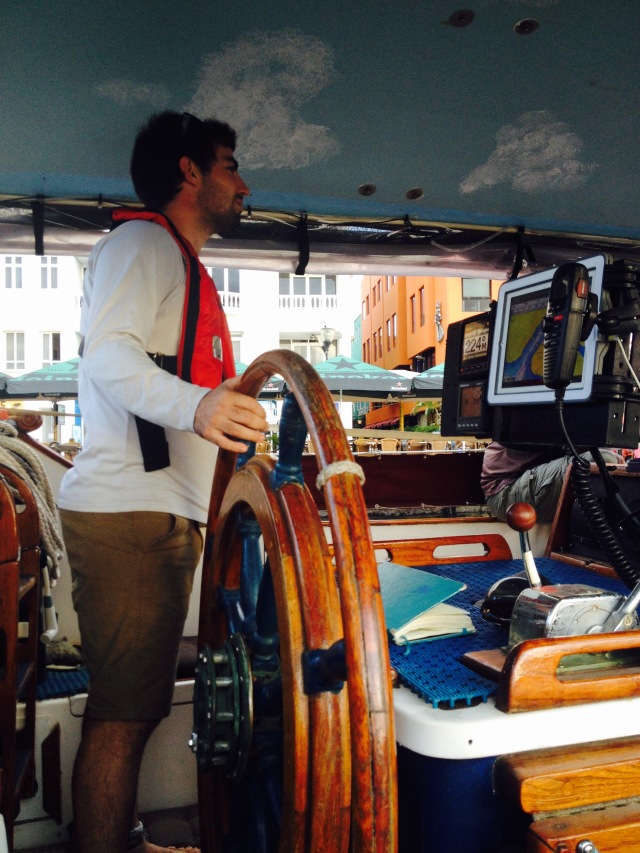
Shortly after Ian arrived we found ourselves getting underway. The sail from Curacao to Aruba was around 95 nautical miles, which we completed over the course of a night. While the evening departure made for a great view of Willemstad and for a daytime arrival into Aruba, the crossing was made a bit more exciting by the darkness as heavy winds and large seas defined the passage.
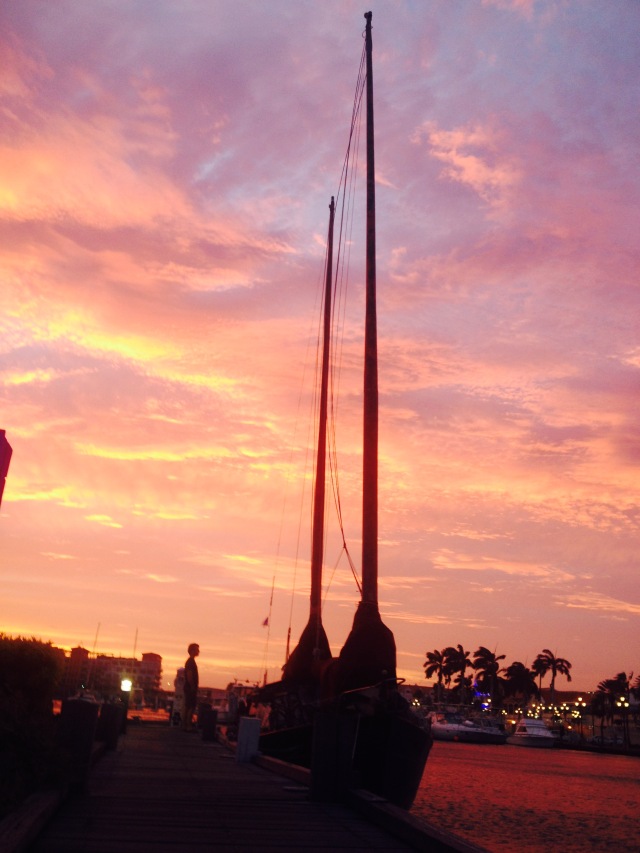
Once in Aruba, we found ourselves a nice slip at the Renaissance Resort marina. Not only where the rates affordable at $28 a night, but the setting was perfect. Nestled right in the center of Oranjestad, the resort offered numerous pools and bars, most of which overlooked the reef just offshore. During our stay Ian did manage to get some boat work done too, installing a diesel fuel day tank to avoid sediment build up in the fuel lines after rough crossings such as our last.
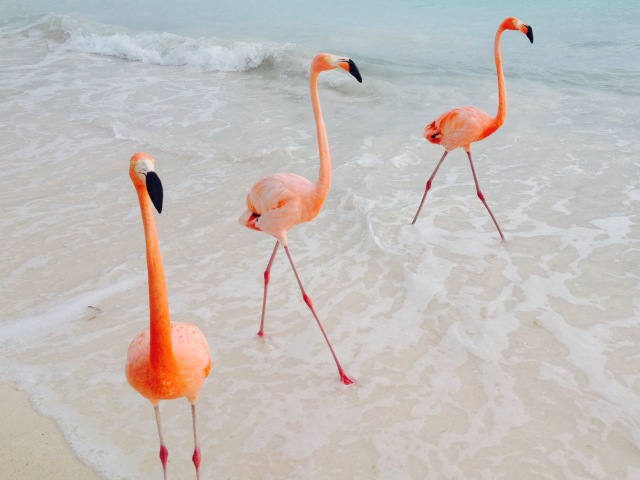
One of the resort’s main attractions was the private flamingo island only accessible by boat. The launch service ran every fifteen minutes to either of the hotel’s two docks; one of which was built into a small canal that actually ran through the hotels lobby. The whole experience of getting to the island was fascinating.
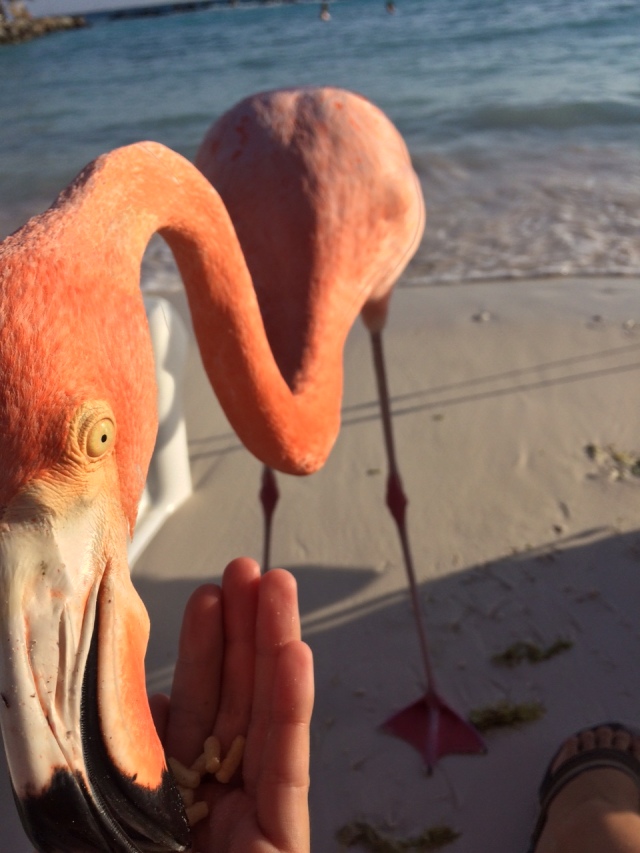
While Ian fixated on the efficient launch service, Maggy focused more on the wildlife. The island was home to all sorts of critters, from tiny hermit crabs to massive, overfed iguanas. The flamingos definitely stole the show, coming right up to you and eating out of your hand.
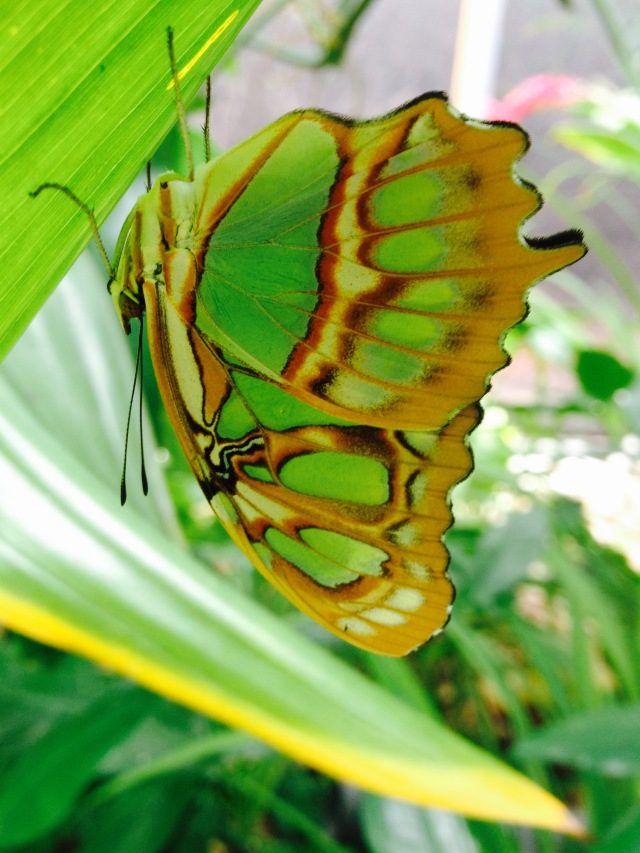
One of the days we rented a car and drove around the island. Our first stop was The Butterfly Farm, which is home to over 40 varieties of butterflies and moths, none of which are native to the island. While the garden was beautiful, perhaps even more interesting was the tour, where we learned about how the organization actually breeds butterflies. Maggy managed to snap a picture of a mating pair, however we chose to keep the blog PG.
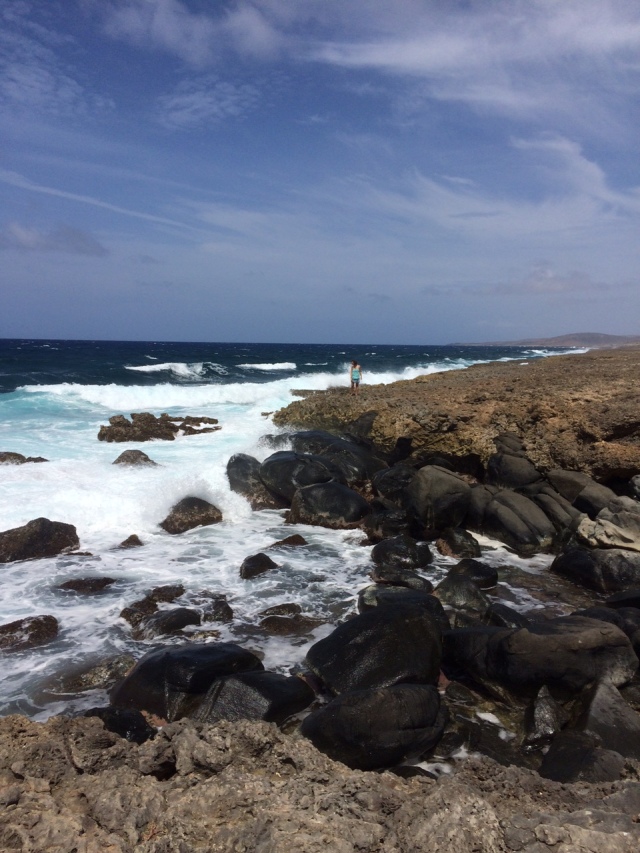
After driving around more of the island it is easy to understand why none of the butterflies were native. The terrain is incredibly dry and rugged, with a strong easterly trade wind blowing year-round. The rocky windward coast is very similar to Curacao’s, although the manicured grounds of the main tourist area make it easy to forget the island harsh natural state.
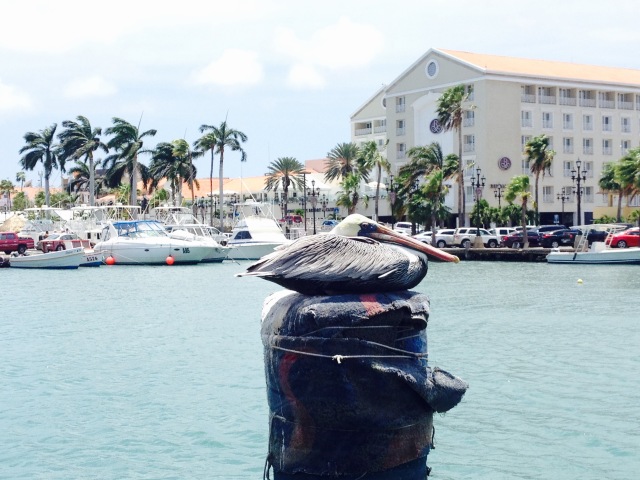
After just a week it was time for us to say our goodbyes. We dropped my parents off at the airport, which signified the beginning of our sailing journey alone. As my mom and dad return to the states for some much deserved rest and relaxation, Maggy and I will deliver their boat over to the Atlantic side of the Panama Canal after first cruising through Colombia and Panama’s Caribbean islands. Despite both growing up on the water, this is our first time voyaging out on our own. With a fair mix of nervousness and excitement, we cast off this pelican’s piling and set off on the notorious passage to Colombia.
